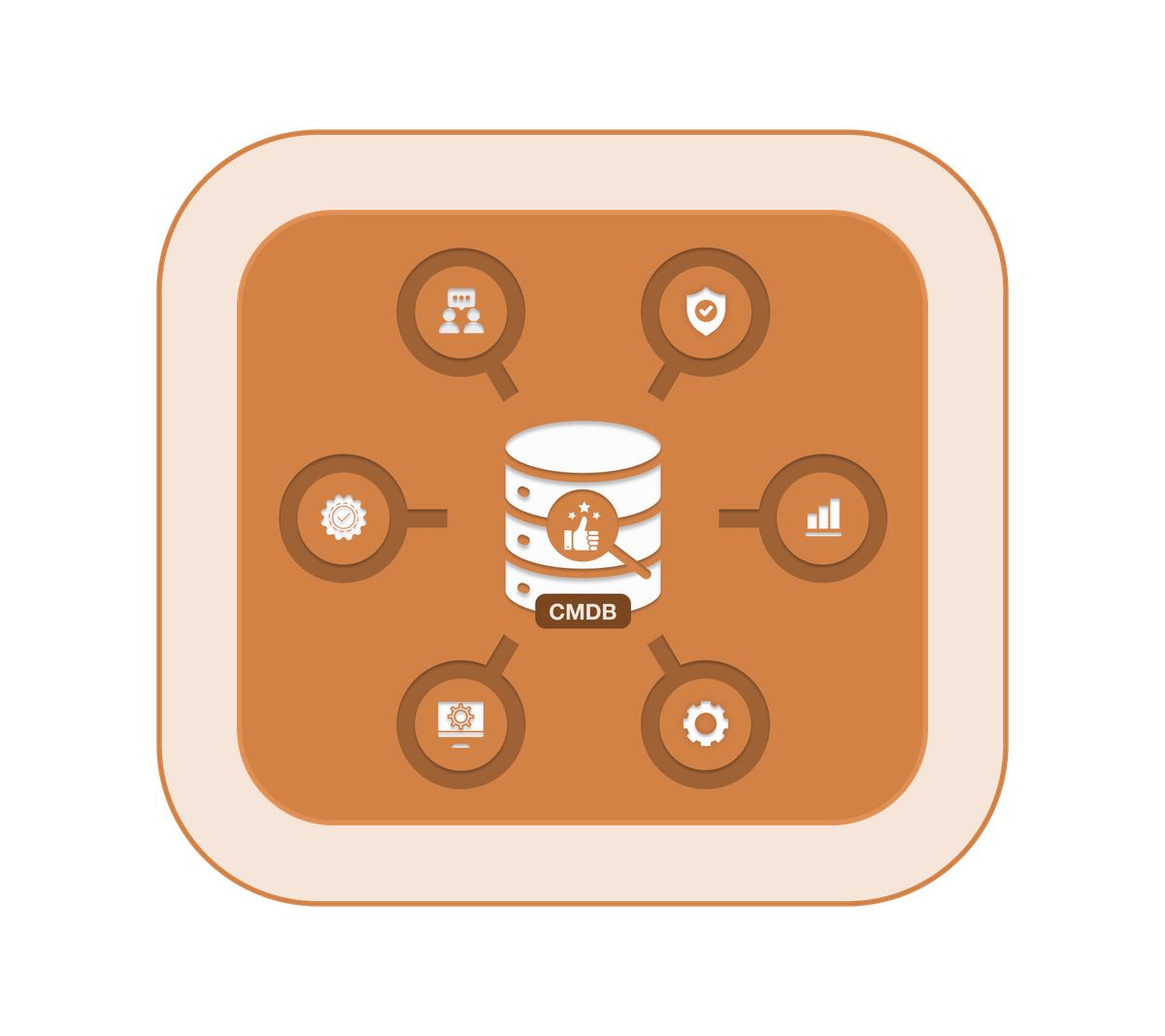In the previous installments of our series on Cloud Configuration Management Databases (CMDB), we delved into the fundamental concepts and the advantages they bring to organizations navigating the complex landscapes of cloud computing. In this third installment, we shift our focus to the challenges faced during the implementation of a Cloud CMDB.
The challenges of building a Cloud CMDB are primarily issues related to technology, but there are also issues with the transformation of processes and a mind shift by the Configuration Management team that could be necessary to adapt to a new way of doing things. Change is never easy, and a radical shift in thinking as could be needed based on a team’s current background could be significant.
1. Data Accuracy and Consistency
One of the paramount challenges in establishing a Cloud CMDB lies in maintaining data accuracy and consistency. Inaccurate information within the CMDB can have cascading effects, leading to faulty decision-making and operational inefficiencies. Organizations aiming to harness the full potential of their Cloud CMDB must prioritize the establishment of robust data governance practices. This involves defining clear data ownership, implementing data validation protocols, and ensuring regular audits to rectify inaccuracies promptly. By fostering a culture of data accuracy, organizations can mitigate the risks associated with unreliable information. This does not have to be as daunting a task as it sounds, as defining the data identification rules, reconciliation rules, and a smart selection of appropriate technology could take the organization a long way to addressing many of the challenges associated with Data accuracy and consistency. Note that there are technical attributes of resources that can be automated relatively easily, but there are also data about people, locations, and other aspects needed for managing data that is A few pointers to data accuracy and consistency would be:
- Leverage off trusted sources for technology integration
Avoid loading data from spreadsheets created manually and rather select a toolset that can accurately collect data from your cloud environments
- Automate everything that can be automated
We will tough on this a bit more in Integration with existing systems in point 2 below, but humans are simply not good with repetitive tasks and are influenced by many external factors that can affect their ability to do the same thing over and over. Note that there are technical attributes of resources that can be automated relatively easily, but there are also data about people managing resources, locations, and other aspects needed for managing data that might need human intervention at some point.
- Policy measurement and enforcement
Enforce policies on the onboarding of data to eliminate duplicates, categorize Cis accurately, and build accurate relationships to logical Cis to support logical entities such as Business services, technical services, Software offerings, or customer journeys. A good example of policy enforcement is defining tag policies and enforcing them to the deployed estate – either at the time of provisioning or post-provisioning.
- Select the appropriate tools for the job
Select the tools that provide you with the best capabilities to ensure your data sanity – either by it being built into the toolset already or by giving to the capability to configure it easily – on an ongoing basis. Tool selection is of course fraught with complications as you are dependent upon the understanding of the challenges encountered and how to solve them properly. Tools are commercial products for sale and vendors will attempt to sell you what they have on offer whether it meets your requirements or not. When it comes to budget, one place you cannot afford to compromise is tool selection. Bad data coming from badly functioning toolsets is expensive to fix. You end up paying the price for what you do either in tooling capability personnel capability and/or time.
2. Integration with Existing Systems
Integrating a Cloud CMDB with existing systems is a complex undertaking. Compatibility issues and data migration challenges often rear their heads during the implementation phase. To navigate this challenge successfully, organizations must engage in strategic planning and foster collaboration between IT and other relevant departments. This collaborative approach ensures that potential bottlenecks are identified early, and solutions are devised to seamlessly integrate the Cloud CMDB with existing systems. By addressing compatibility concerns upfront, organizations can pave the way for a smoother transition and optimize the benefits derived from their CMDB.

Remember that integrations are downstream and upstream integrations. If your toolset is Azure Cloud, New Relic, and GitHub, and you have a platform that can integrate on a plug-and-play basis with those three platforms to build your Cloud CMDB, you have taken care of your downstream integration needs. If you have a BMC Helix CMDB and BMC Helix ITSM upstream and want to integrate your Cloud CMDB to Helix CMDB and raise incidents to Helix ITSM, and those integrations do not exist upstream, you will either first have to build it yourself or depend on the vendors to build it, which could add cost and complexity to your integration journey.
Look at your needs. Look at your in-house skillset and never ignore any parts of the complexity that you might encounter in your planning. Even a free tool might be extremely expensive if you cannot integrate reliably out of the box or do not have simple integration capability.
3. Initial Implementation Costs
While the long-term advantages of a Cloud CMDB are significant, the initial implementation costs can present a formidable hurdle for some organizations. We touched on the potential complexity of integration and associated costs in the previous section, but it extends past that. Proper budgeting and a clear understanding of the return on investment (ROI) are crucial to overcoming this challenge. Organizations must conduct a thorough cost-benefit analysis, factoring in both tangible and intangible benefits. By doing so, they can justify the initial expenses and lay the groundwork for a robust Cloud CMDB that pays dividends in efficiency, accuracy, and strategic decision-making.
4. Staff Training and Adoption
The success of a Cloud CMDB hinges on the willingness of staff to embrace the new system. Adequate training programs and effective communication strategies are vital for ensuring seamless adoption. Organizations must invest in comprehensive training sessions that empower employees to navigate and utilize the CMDB effectively. Moreover, fostering a positive attitude towards the new system through transparent communication about its benefits and impact on daily workflows is essential. By prioritizing staff training and adoption, organizations can maximize the potential of their Cloud CMDB and create a workforce that is proficient in leveraging this powerful tool.
In conclusion, the implementation of a Cloud CMDB is not without its challenges. From ensuring data accuracy and consistency to addressing integration complexities, organizations must navigate a multifaceted landscape. However, by prioritizing data governance, strategic planning, prudent budgeting, and comprehensive staff training, these challenges can be turned into opportunities for growth and efficiency. Stay tuned for the next installment in our series, where we will delve into additional challenges and explore best practices for overcoming them.

